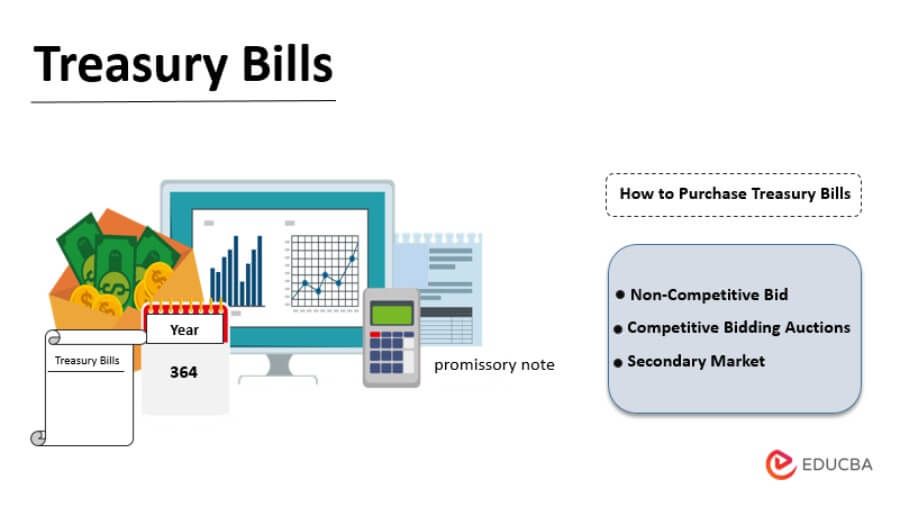
Even though you don’t need to know everything about blue chip stocks to invest, it’s important to do your research before you purchase. You should consider the company's history and earnings reports, as well as whether they will pay a dividend. A financial advisor may be an option. The industry the company is operating in is another important consideration. Some industries offer more growth potential than others. Also, you might want to invest in companies who can pivot to a new product or service.
Index funds that are low-cost
Low-cost Index Funds are pooled investments with lower annual management fees. They also have lower expense ratios. Investors can earn superior returns by minimizing investment costs. This type of investing doesn't require any active stock analysis. Instead, investors invest into an index fund that automatically tracks specific stocks' performance.
For investors who do not want to pay high fees, low-cost funds are often the best options. These funds not only offer low costs but also diversification and lower risk. Low-cost index funds are available from the largest fund providers. You should always do your research before investing.

Exchange-traded Funds
ETFs, or exchange-traded funds, have been proven to be a good way to invest into blue-chip businesses. These funds keep track of the performance and trends in blue-chip stocks daily. These funds also have the added benefit that they reduce the risk associated with investing in individual stocks.
ETFs have lower costs than mutual funds and are more passively managed. However, if you are investing in a mutual fund, you should research which stocks the fund holds, as some are more volatile than others. Blue chip stocks tend to pay regular dividends, which is a major benefit for investors. Blue-chip stock also have higher levels of security and reliability than other types of stocks.
Stocks by individual
Blue-chip stocks can be a good investment option to help you reach your long-term goals. These stocks are relatively stable with a history of consistent and steady growth. No company is immune from economic pressures and market downturns. Blue chip investing is not the only way to make long-term investments. Additionally, individual stock purchases can be time-consuming and require extensive research. You need to be aware of the possible risks.
Blue chip companies are popular among retail investors. They can be found in nearly all sectors and are often leaders within their industries. These companies provide products and services that are used every day. These companies appeal to investors of all skills levels. Some people prefer to buy individual stocks. Others prefer ETFs that track blue-chip indexes.

Companies that have a strong position in their industry
Blue chip investing offers many benefits, including high dividend yields and stability. Blue-chip companies have a track record of long-term success. They also rarely cut dividends. They also have a high market capitalization and stable debt-to-equity ratios. Blue chip companies are the most consistent and reliable.
Although blue-chip stocks can be costly, they are an excellent investment for long-term development. They are also considered to be a safe asset. They make up a significant part of the stock exchanges in all countries. You can choose to buy individual blue chip shares or invest in a blue chip fund.
FAQ
What are the advantages to owning stocks?
Stocks are more volatile that bonds. The value of shares that are bankrupted will plummet dramatically.
But, shares will increase if the company grows.
Companies usually issue new shares to raise capital. This allows investors to buy more shares in the company.
To borrow money, companies can use debt finance. This allows them to borrow money cheaply, which allows them more growth.
A company that makes a good product is more likely to be bought by people. The stock will become more expensive as there is more demand.
The stock price will continue to rise as long that the company continues to make products that people like.
How are securities traded
The stock market allows investors to buy shares of companies and receive money. Investors can purchase shares of companies to raise capital. Investors then sell these shares back to the company when they decide to profit from owning the company's assets.
The supply and demand factors determine the stock market price. The price of stocks goes up if there are less buyers than sellers. Conversely, if there are more sellers than buyers, prices will fall.
Stocks can be traded in two ways.
-
Directly from the company
-
Through a broker
What role does the Securities and Exchange Commission play?
SEC regulates brokerage-dealers, securities exchanges, investment firms, and any other entities involved with the distribution of securities. It enforces federal securities regulations.
Why are marketable Securities Important?
A company that invests in investments is primarily designed to make investors money. It does this through investing its assets in various financial instruments such bonds, stocks, and other securities. These securities are attractive to investors because of their unique characteristics. These securities may be considered safe as they are backed fully by the faith and credit of their issuer. They pay dividends, interest or both and offer growth potential and/or tax advantages.
Marketability is the most important characteristic of any security. This is the ease at which the security can traded on the stock trade. It is not possible to buy or sell securities that are not marketable. You must obtain them through a broker who charges you a commission.
Marketable securities include common stocks, preferred stocks, common stock, convertible debentures and unit trusts.
These securities are often invested by investment companies because they have higher profits than investing in more risky securities, such as shares (equities).
How does inflation affect the stock market
Inflation is a factor that affects the stock market. Investors need to pay less annually for goods and services. As prices rise, stocks fall. It is important that you always purchase shares when they are at their lowest price.
Statistics
- For instance, an individual or entity that owns 100,000 shares of a company with one million outstanding shares would have a 10% ownership stake. (investopedia.com)
- "If all of your money's in one stock, you could potentially lose 50% of it overnight," Moore says. (nerdwallet.com)
- The S&P 500 has grown about 10.5% per year since its establishment in the 1920s. (investopedia.com)
- Ratchet down that 10% if you don't yet have a healthy emergency fund and 10% to 15% of your income funneled into a retirement savings account. (nerdwallet.com)
External Links
How To
How to make your trading plan
A trading plan helps you manage your money effectively. It helps you identify your financial goals and how much you have.
Before you start a trading strategy, think about what you are trying to accomplish. It may be to earn more, save money, or reduce your spending. If you're saving money, you might decide to invest in shares or bonds. If you're earning interest, you could put some into a savings account or buy a house. If you are looking to spend less, you might be tempted to take a vacation or purchase something for yourself.
Once you decide what you want to do, you'll need a starting point. This will depend on where and how much you have to start with. It's also important to think about how much you make every week or month. Your income is the net amount of money you make after paying taxes.
Next, save enough money for your expenses. These include bills, rent, food, travel costs, and anything else you need to pay. Your total monthly expenses will include all of these.
You will need to calculate how much money you have left at the end each month. That's your net disposable income.
This information will help you make smarter decisions about how you spend your money.
To get started with a basic trading strategy, you can download one from the Internet. Ask someone with experience in investing for help.
For example, here's a simple spreadsheet you can open in Microsoft Excel.
This graph shows your total income and expenditures so far. It also includes your current bank balance as well as your investment portfolio.
And here's another example. This was created by an accountant.
It will let you know how to calculate how much risk to take.
Don't try and predict the future. Instead, you should be focusing on how to use your money today.